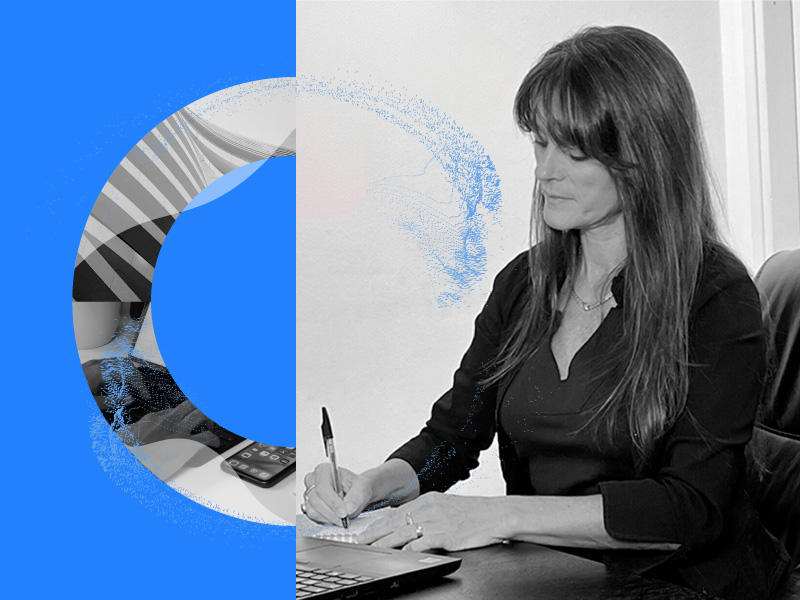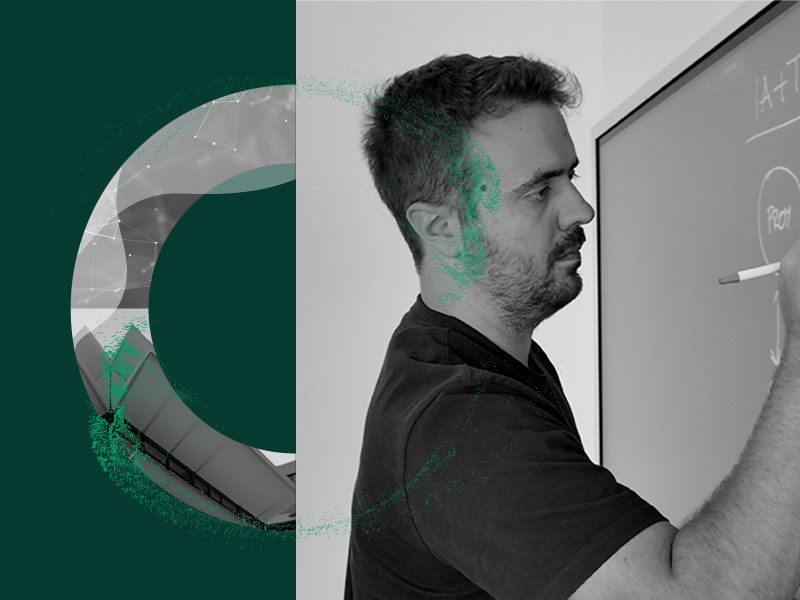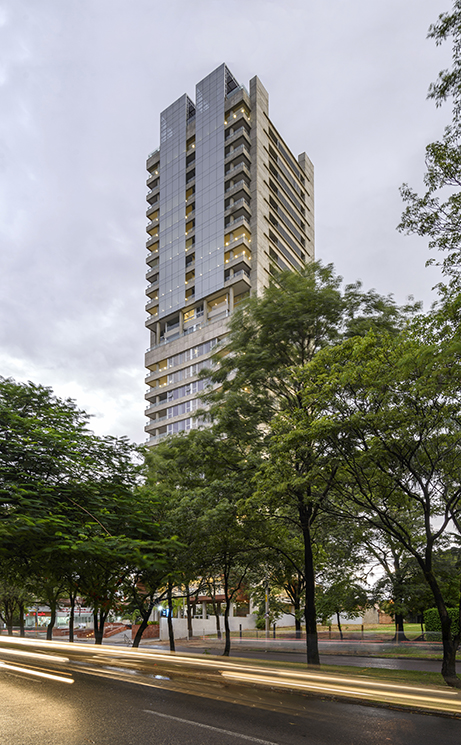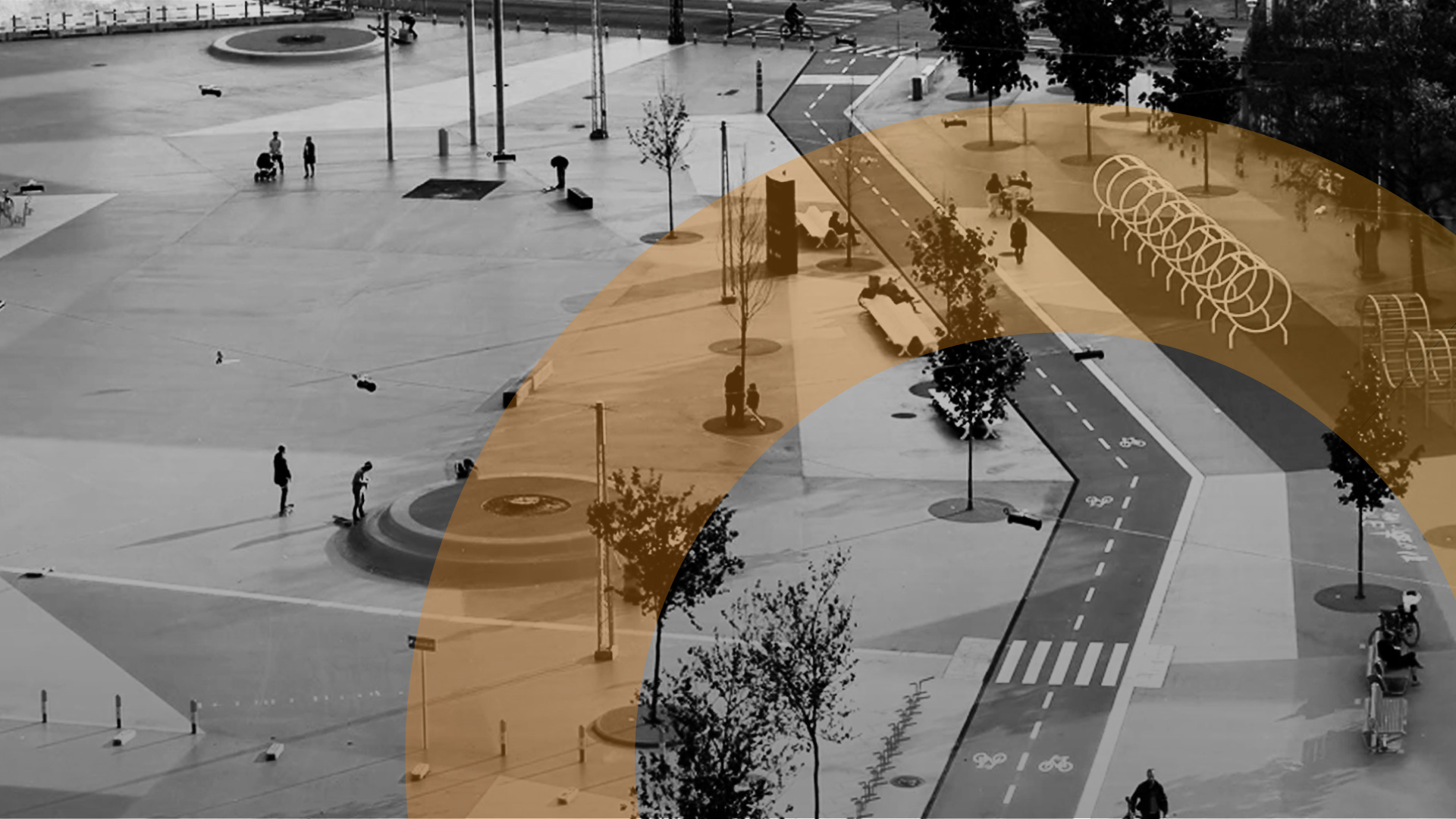


Reading time: 3 minutes.
Publication date: 20/05/2025.
On how graphic design enhances architectural experience—and why communicating clearly means designing better
In recent years, architecture has expanded beyond its traditional boundaries. It is no longer simply about designing inhabitable spaces, but also about considering how these spaces are explained, presented, navigated, and perceived. At this intersection between spatial design and visual language, graphic design emerges as a strategic tool—one that, for a long time, has remained on the margins of the architectural process.
But what happens when graphic design is integrated from the outset?
When graphic design is incorporated from the earliest stages, it not only enhances external communication—whether directed toward clients or end-users—but also transforms the way spaces are experienced and inhabited. Wayfinding systems, visual identities, graphic documentation, renderings, and presentations: all these elements are also acts of design. Effective communication leads to better design outcomes.
However, until recently, graphic design was often considered a late-stage addition—an aesthetic layer applied only after architectural decisions had already been finalized. This perspective is now shifting. Increasingly, design teams recognize that the earlier graphic design enters the process, the greater coherence and meaning the project achieves. Graphic design no longer arrives afterward; it begins to take shape from the earliest stages of architectural conception.
In his article "Architecture and Graphic Design," architect Bob Borson argues that "Architecture that communicates well, designs better." This statement refers not only to achieving clear or visually appealing presentations, but also to understanding how visual communication can strengthen design from the project's conceptual foundation.
Collaboration between graphic designers and architects not only improves a building's legibility, but also enhances its ability to visually communicate its intended message. Wayfinding transcends the simple function of signage attached to a wall: it becomes a spatial interface, a visual choreography that, both in buildings and urban contexts, orients movement, directs attention, and suggests ways of inhabiting space. In many cases, it is also the means by which an institutional brand is embedded into architecture and takes shape within the built environment.
In some projects, this integration occurs naturally: graphic design is incorporated from the outset, not as an addition, but as an integral part of the design process. When this happens, the entire project gains coherence. Wayfinding can be understood as architecture itself, as it articulates and directs circulation flows. Through its graphic dimension, it creates visual atmospheres, defines identity systems, and narrates stories capable of transcending multiple scales—from interior spaces to the urban fabric.
A clear example of this approach is Superkilen, an urban park in Copenhagen designed by BIG, Topotek 1, and Superflex in 2012. The project organizes public space through a graphic narrative based on color: three distinct zones—red, black, and green—structure different programs and modes of use. At Superkilen, graphic design is not decorative: it structures, connects, and communicates. Wayfinding, furnishings, and visual textures, conceived during initial design stages, define pathways, activate cultural memories, and integrate diverse identities into the urban fabric.
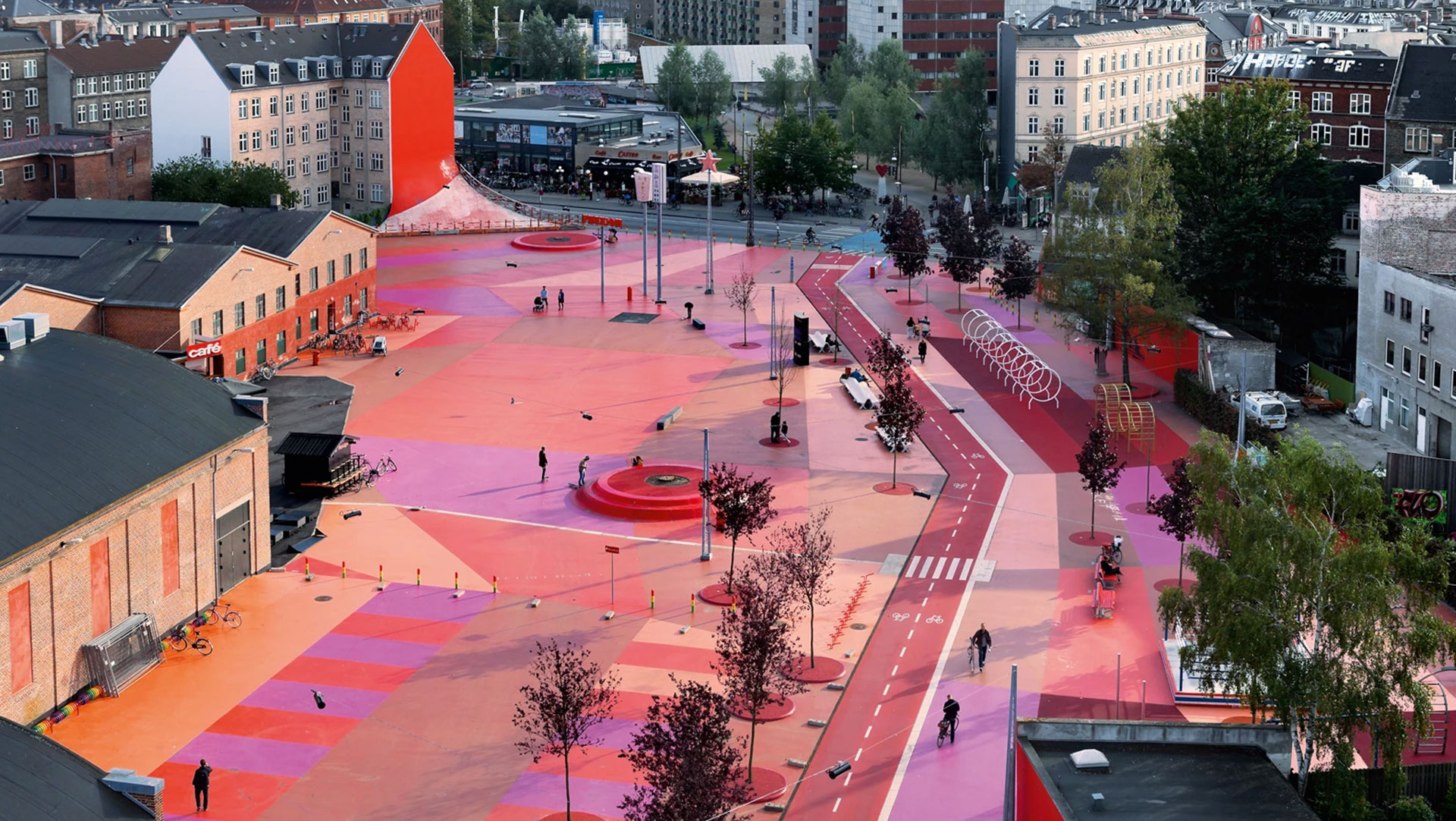
Today, graphic design in architecture has moved beyond decoration to become a language in itself—a language that articulates pathways, suggests behaviors, and sets the tone. It is not simply about selecting typefaces or colors; it is about understanding how graphics can guide, how textures can invite interaction, and how signage can transform spatial perception. Integrating graphic design is not about beautifying a project; it is about constructing a visual narrative that makes spaces more legible, coherent, and ultimately, more livable.
Recommended Links:
“Architecture and Graphic Design” – Bob Borson
“Graphic Design and Architecture: A Collaborative Way” – ArchDaily
Recommended Reading:
“Graphic Design + Architecture: A 20th-Century History” - Richard Poulin. Rockport Publishers, 2012

